In this first blog entry, let us outline the history of Bird Explorers Bird Explorers Project. Bird Explorers is a conservation and environmental education project created by my partner, Wojciech, and I to promote birds and wildlife generally through digital photography with a particular focus on endangered species and species in very remote areas. Allow me to start at the beginning.
Critically Endangered Black Stilt, South Island, New Zealand

My interest in birdwatching started when I was very young at the hands of my Great Aunt Avis May Herrick of Mayfield, Fulton Co., New York up in the old Adirondacks where my mother's family had their roots. Aunt May was the sister of my maternal grandfather. Being a most precocious and mischievous kid by nature, I quickly became her favourite, and she imparted to me the many secrets of nature and the birds she loved with all her heart as we traveled across the US and Canada in pursuit of birds of all shapes and sizes. I still have her original list first started in 1910 and almost daily updated. Her list ended with 436 total species. You can find some cool Aunt May Birding Stories on our website.
Largely through the influence of Aunt May and other family members who nurtured my interest in wildlife and science, I grew up determined from a young age to be a wildlife and environmental advocate, and never strayed from this path. I got my degrees in science and environmental law. Throughout my teenage years, I was able to compile a large life list of birds seen.
After I finished my education, I got a Fulbright Scholarship to Papua New Guinea (PNG) to work as a legal and scientific officer for the Ministry of Environment and Conservation. PNG is a veritable paradise of exquisite birdlife, and through the Ministry I was able to access many remote, largely undisturbed areas. Spending two years in PNG was a wondrous adventure in nearly every way anyone can imagine. After PNG, I ended up in Australia where, since 1994 I have been running an overseas and environmental agency, AFAP, working in Asia, Africa and the Pacific. In 1994 I also met my soul mate and life partner Wojciech who likewise loved nature and wildlife.
Throughout much of this time, both Wojciech and I had a good general interest in photography, but concentrated mostly on landscapes as the technology for bird photography was very large and unwieldy, and the whole process very expensive especially considering the cost of film.
However in the early 2000s, a few technical changes occurred to make bird photography far more technically easy and much more affordable. This of course involved the digital photography revolution combined with the invention of modern image stabilisers. CANON first invented the optical image stablisers, and as a result when Wojciech and I first decided to invest in the technology in 2003, we bought a standard CANON outfit. Our first setup was a Canon EOS 10D Digital SLR Camera body with a Canon EF 100-400mm f/4.5-5.6 L IS USM Lens.
Our first trip was to New Caledonia the day after we bought the camera in search of the rare and endangered Kagu. As my Aunt May always said, Natures fortunes smile on those who protect Nature, and to our luck in the depths of the deep, darkling New Caledonian rainforest, we encountered what must have been the world's most cooperative Kagu.
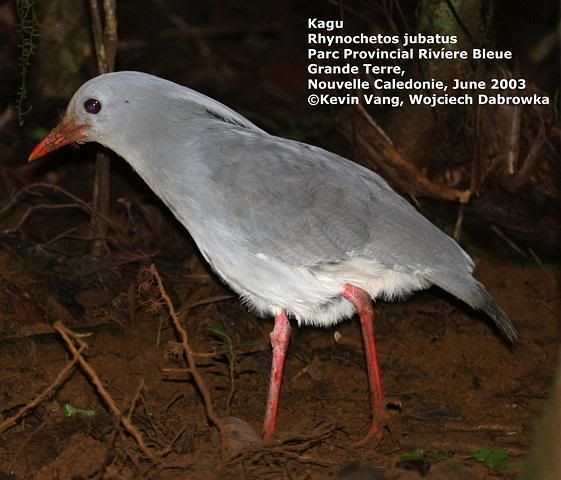
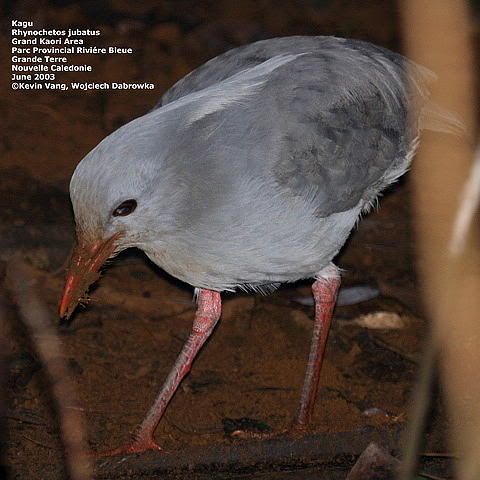
These Kagu pictures quickly made their way around the internet and were all the rage for some time, still featured to this day on the main website of the Société Calédonienne d'Ornithologie
and also on ARKive.
This initial trip yielded some other cool birds that are rarely photographed.
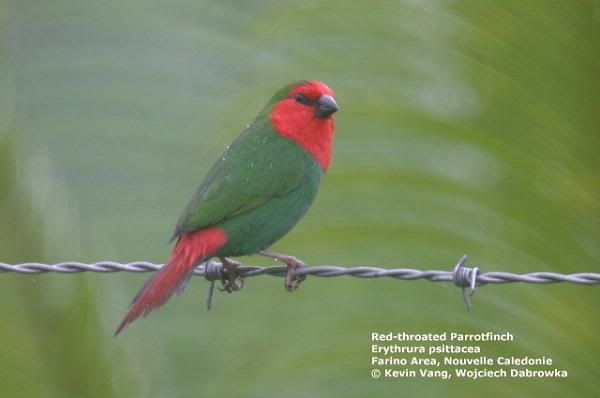
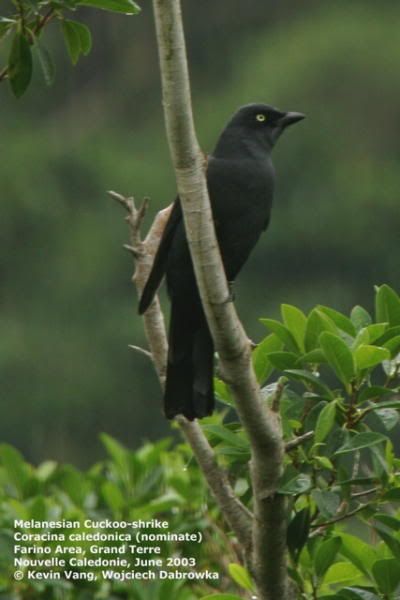
That first trip turned out so well and was so much fun that Wojciech and I vowed we were never going to stop until we had photographed every bird in the world in an effort to promote the beauty and conservation of these wondrous creatures. Four years, seven continents and many great adventures later we are now closing in on the 25% mark of the 9,700+ bird species out there. Not only that, but our pictures are selling enough to make a modest little income to support our activities, although we always give the free use of our photos to all wildlife charities and conservation efforts.
Our huge Australian photo collection of over 500 species makes up about 70% of the Australian Museum's current photo collection for their bird website.
Pictorella Mannikin, Tennant Creek, Northern Territory, Australia
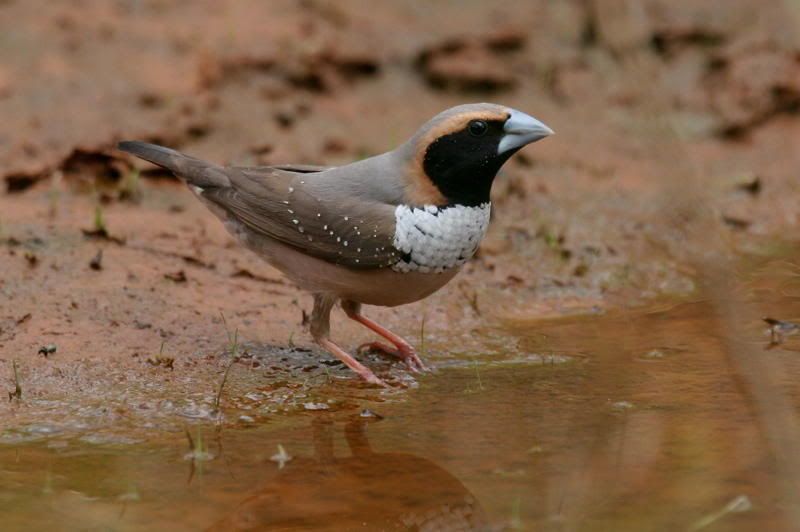
Splendid Fairy Wren, Alice Springs, Northern Territory, Australia
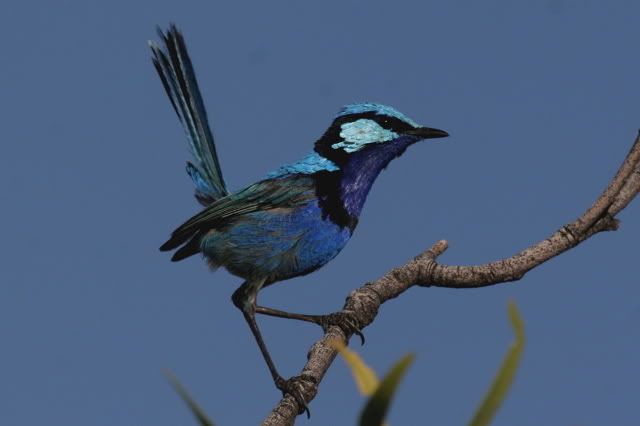
Painted Finch, Tennant Creek, Northern Territory, Australia
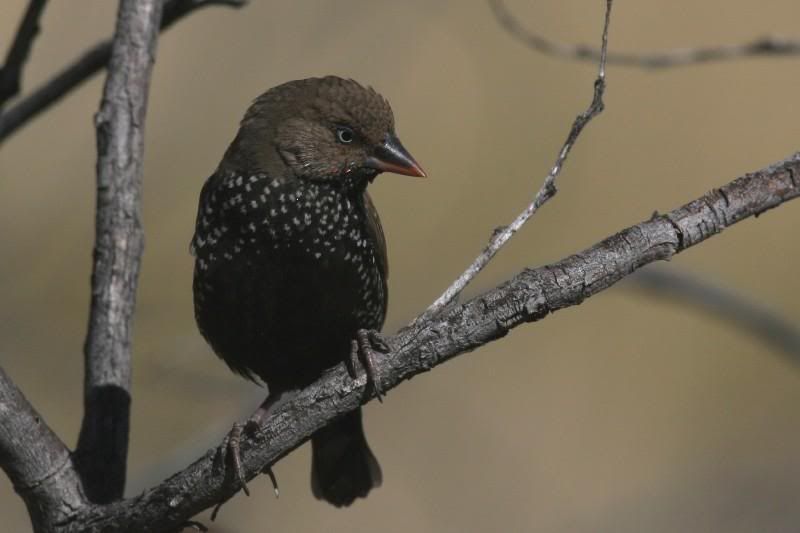
Zebra Finch, Tennant Creek, Northern Territory, Australia
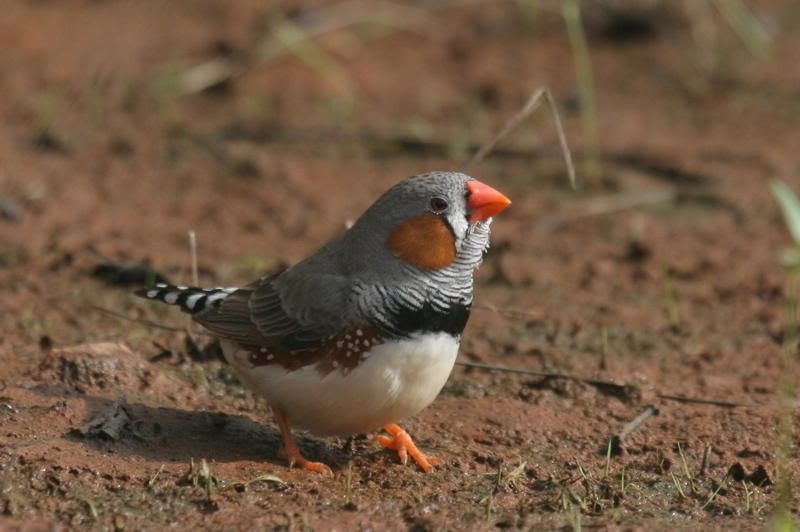
Rainbow Lorikeet, Murramurang National Park, NSW, Australia

Our 2005 expedition to the Kenya, Ethiopia border country is now featured in the current edition of the Africa Bird Club Bulletin. This was a great trip deep into the heart of bandit country to find the very rare Masked Lark.
Masked Lark, Dida Galgalu Desert, Kenya
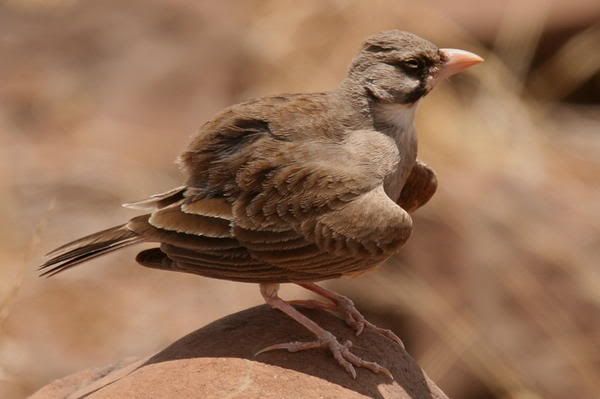
Kori Bustard, Dida Galgalu Desert, Kenya
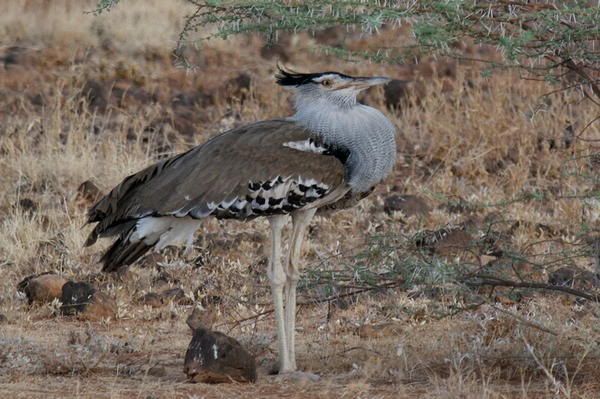
Red-cheeked Cordon-bleue, Karen Blixen's Estate, Kenya
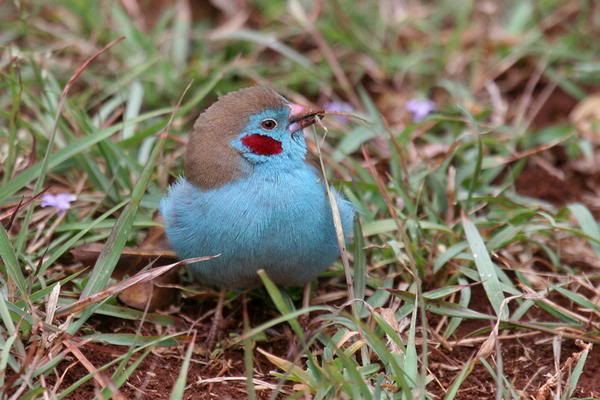
Also our Spinifex Pigeon has just made the front cover of School Magazine, the monthly reader for primary students. This is great as it promotes bird photography and conservation to a very young audience.
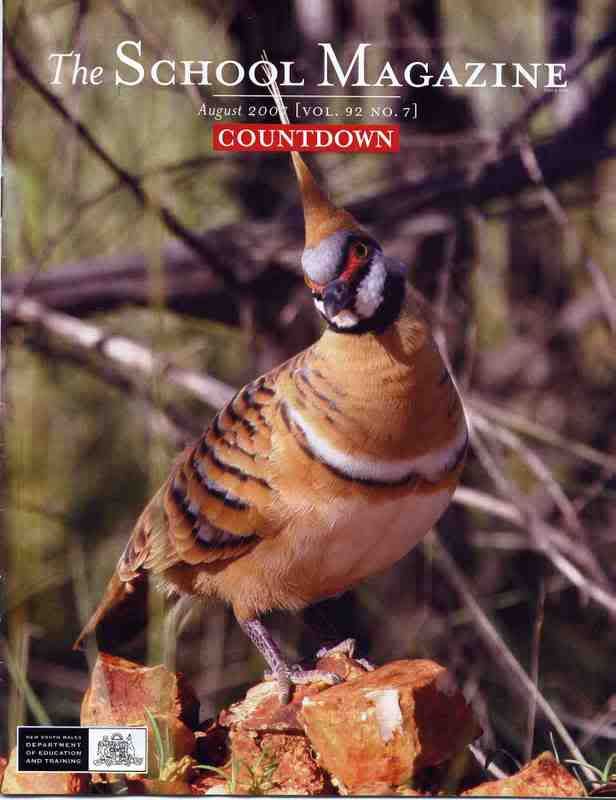
Anyway, that is a bit of a pictorial overview of Bird Explorers. We have now upgraded to the Canon EOS 20D Digital SLR Camera body and Canon EOS 30D Digital SLR Camera body but continue to use the Canon EF 100-400mm f/4.5-5.6 L IS USM Lens as our main zoom lens due to its versatility. It is definitely a joint activity so it is good to have your soul mate in place before you embark on such adventures. It is not the safest work, but so far we have both emerged with just minor bumps and bruises to show for the ware, although we have had some harrowing adventures at the hands of the weather, local bandits, bad jeeps, very steep terrain and local big game. The preferred sport among most elephants is "Chase the Birdwatchers";-)
If you have any question about Bird Photography let me know, and I can try to answer them.
Getting back to my Great Aunt May. Although her body now rests beneath the glacial soil of the southern Adirondacks, I know her spirit is always there with us in the rainforests, deserts, mountains and valleys. Everytime I see a new bird and think of my Aunt May, I am sure that somewhere it opens a window for her to see it as well. So all you aunties and grannies, who have young, uncontrollable whippersnappers, if you just plant the right seeds in their soul, the resultant tree may just be amazing.
When Wojciech and I sit back in our rockers when we are old and grey, we will be comforted in all the great adventures and memories that we have had together, and the knowledge that long after we return to dust, our photos will continue to bring the beauty of birdlife and nature to generations who will come after, and may be the only shots of some species before they too disappear forever.
Orange-breasted Myzomela, Suva Vite Levu, Fiji
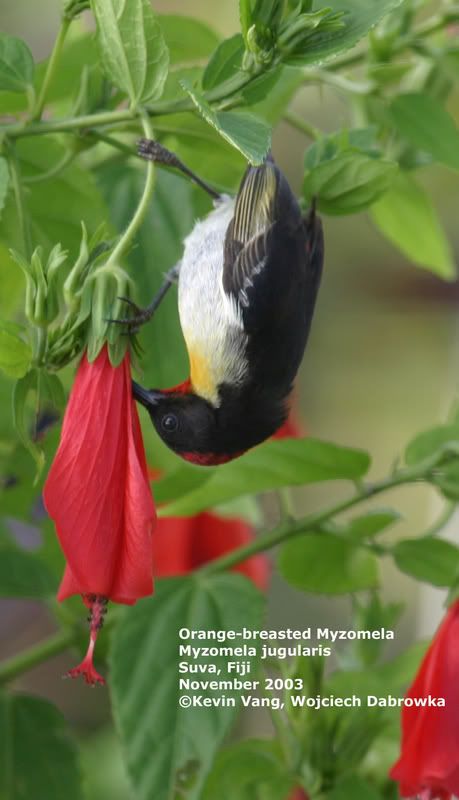
Green Peacock, Cat Tien National Park, Viet Nam
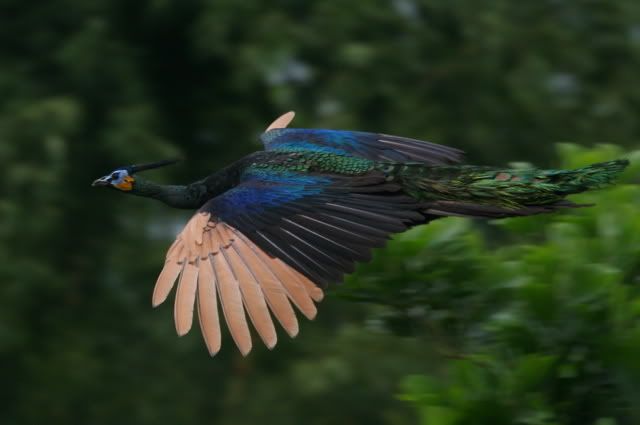
Chestnut-bellied Sandgrouse, Dida Galgalu Desert Kenya
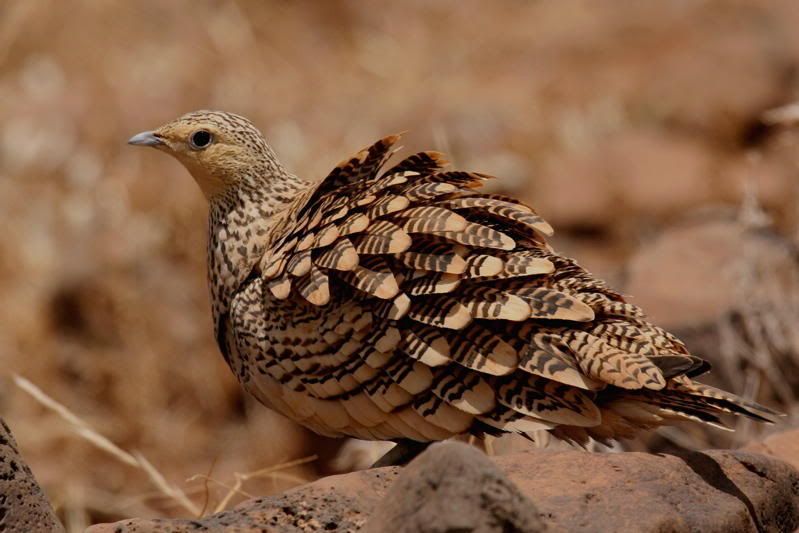
Masked Trogon, Western Andean Slopes, Ecuador
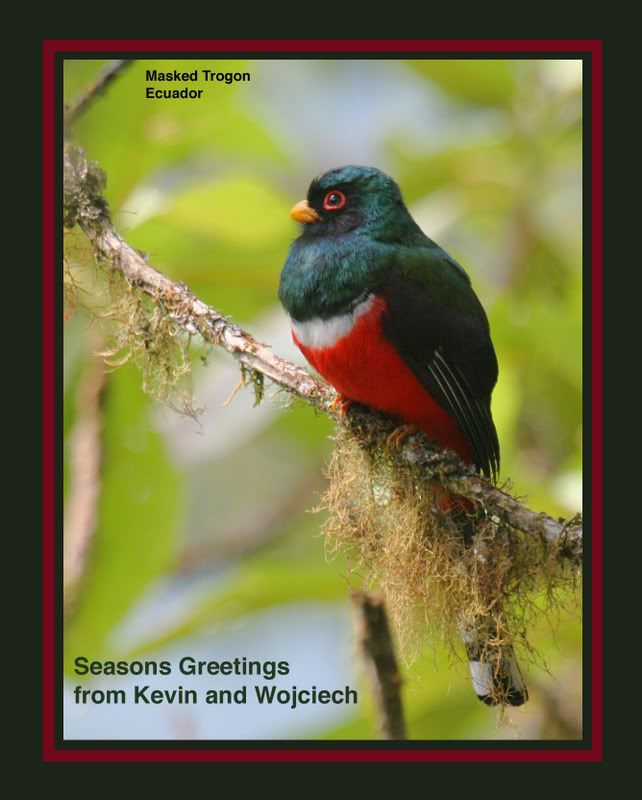
Madagascar Fody, Port Louis, Mauritius




2 comments:
It was rather interesting for me to read that blog. Thanks for it. I like such topics and everything that is connected to them. I definitely want to read a bit more soon.
Sincerely yours
Very nice shots. I'm just randomly stumbled on an interesting blog and I enjoyed it really fun! Now however I have wanderlust!
Post a Comment